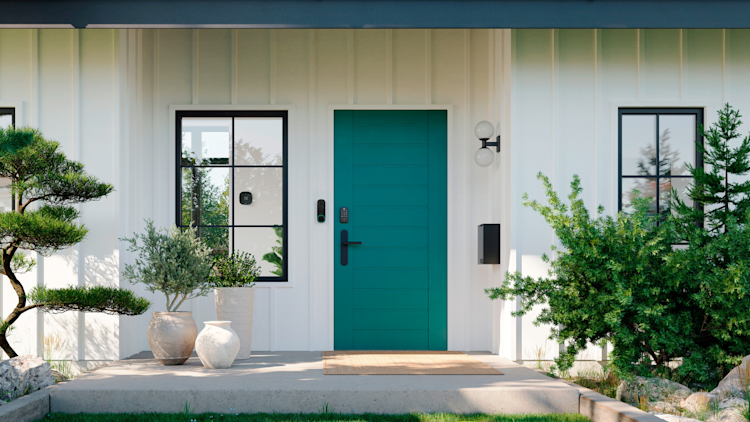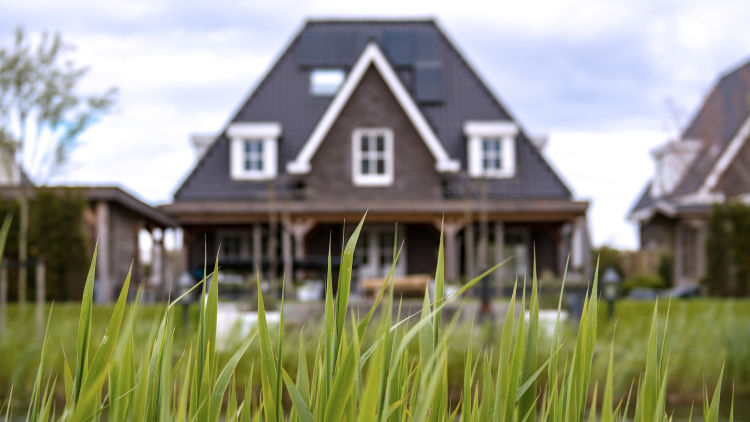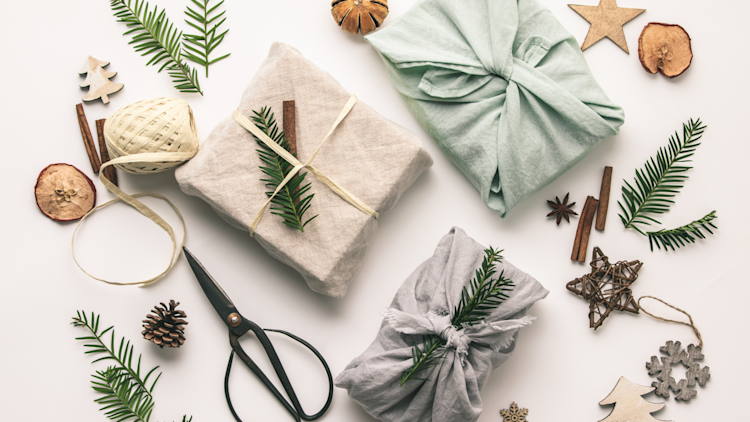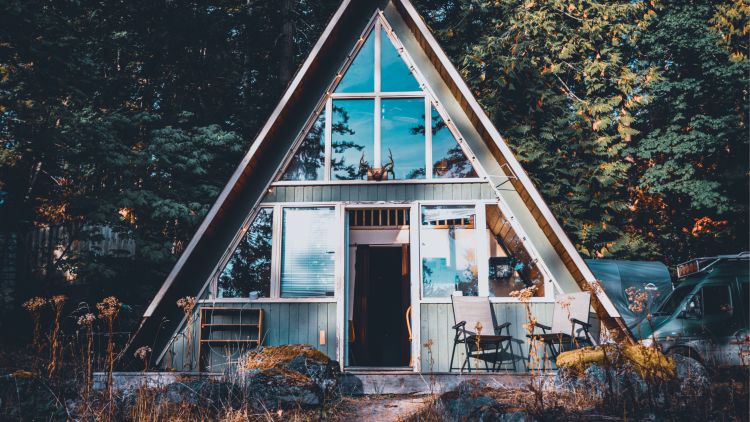How to Create the Perfect Environment for Your Plants
Three essentials every plant parent needs to keep their indoor garden happy.
by ecobee on 03/29/2022 in Home & Design
5 min read
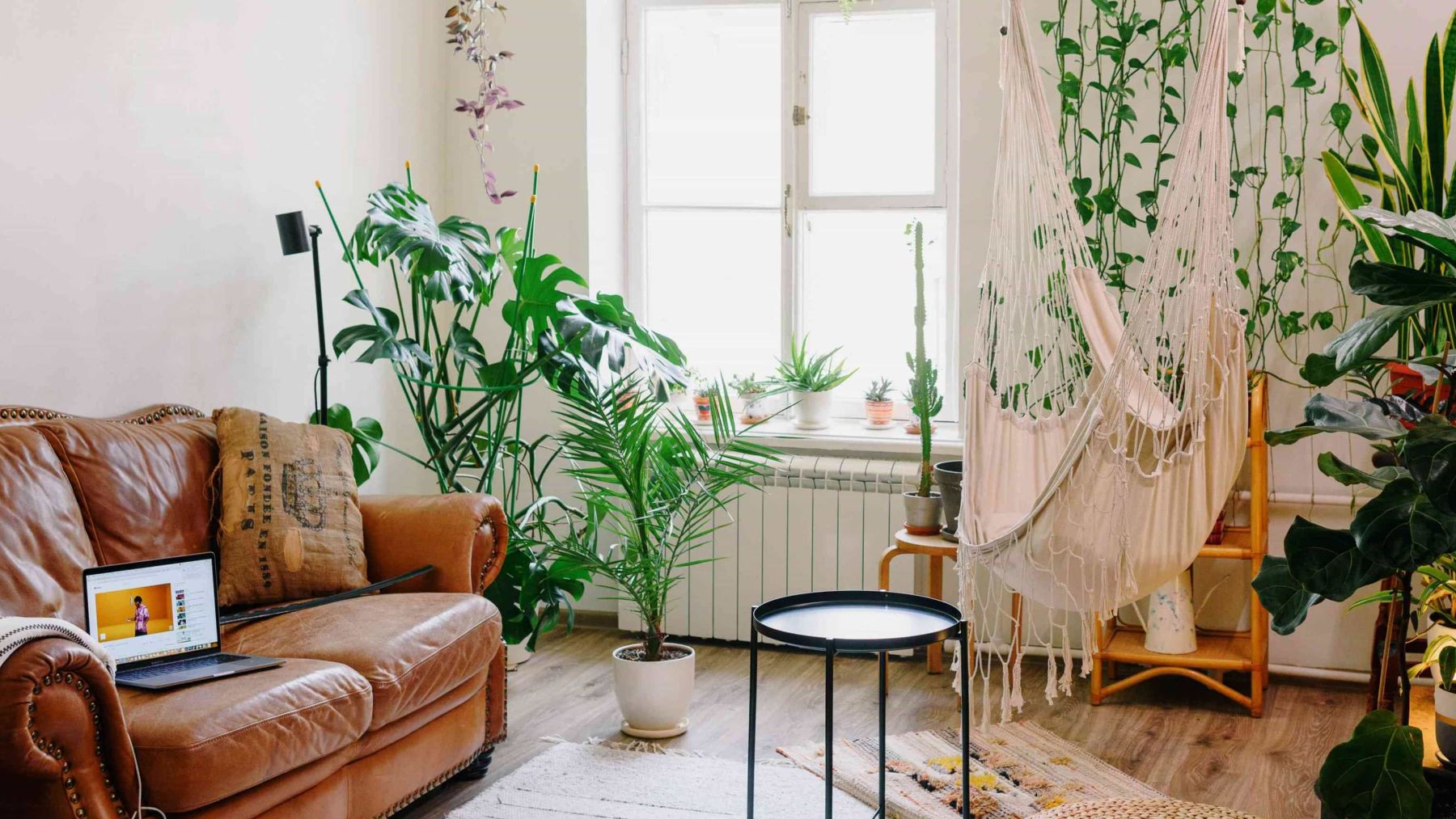
Updated March 7, 2024
Spring is just around the corner, and that means garden centres, hardware stores, and even your local Costco have started getting plant deliveries. The list of temptations to take home is endless – monsteras, fiddle leaf figs, palms, pothos, snake plants, ZZ plants, all the plants!
Before you know it, you’ve hauled home a few new plant babies... and you might be wondering how to keep them alive. Whether you’re a newly minted #plantparent or adding to your already thriving collection, here are three tips on how to keep your plants happy.
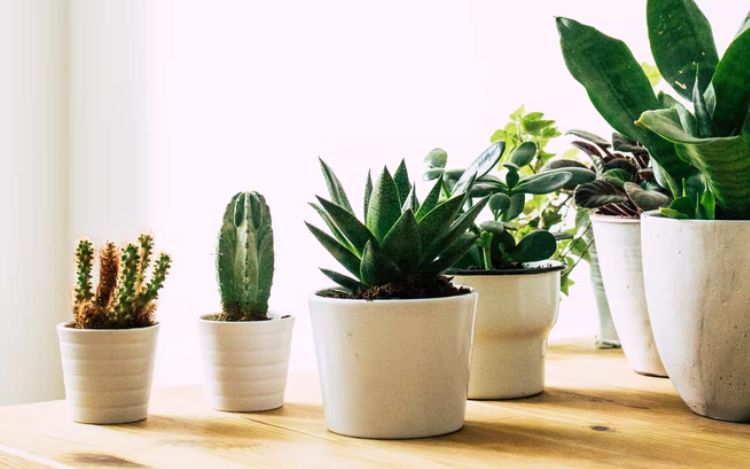
1) Find the good light.
It's incredibly tempting to place your elegant new Bird of Paradise in that one corner of your home – you know, the awkward, empty corner that’s been begging for some sprucing up. But as good as it would look there, it wouldn’t take long for your plant to start dying. That’s because plants make food from light, and the farther they are from it, the less food they can make to keep themselves alive.
Before you pick a place for your new plant, check out its light requirements. A general rule of thumb is that harder, smaller leaves can withstand more intense sun and prefer to be as close to a window as possible. On the other hand, more delicate and thin leafed plants like bright, indirect light, which means a few feet away from a window.
For those more intense indoor gardeners, a light meter can be a great investment. They measure foot candles, a measurement of light. One like this can tell you the foot candles in a particular location, and this chart can give you a general idea of how many foot candles each type of plant needs for optimal growth. Walk around your home on both a sunny and cloudy day, and see how much light reaches the shelf, dresser, or table that will become your plant’s new home.
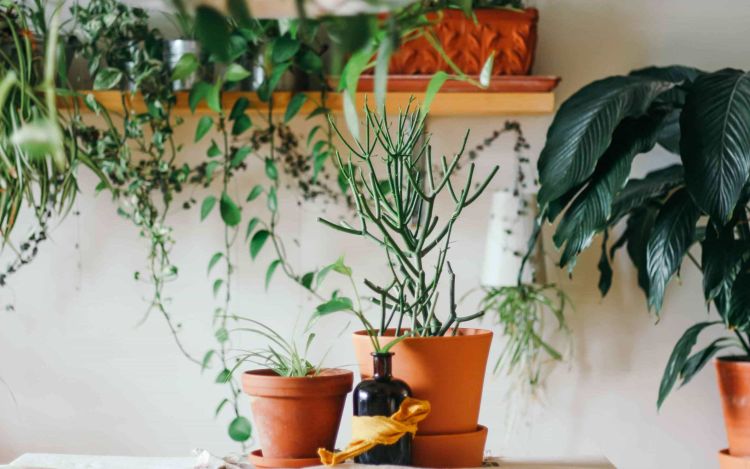
2) Give them water – but not too much.
The number one cause of plants dying? Overwatering! You might literally be drowning your plants in too much love and causing root rot. There are a few things you can do to perfect your watering schedule:
-
Only water when the soil is dry. Some plants, like succulents, like a totally dry pot before their next water. Others can be watered when only the top 2 inches of soil is dry. The best way to assess is by putting your finger into the soil and feeling for yourself!
-
Get a properly draining pot. Pretty doesn’t always mean practical: that cute pot your plant came in may be doing more damage if it’s lacking drainage holes at the bottom. Either keep your plant in the plastic nursery pot it came in and then place it in a planter or replant it into a terracotta pot which whisks away excess moisture.
-
Aerate before watering. Before watering your plant, carefully poke holes into the soil using something like a chopstick or thicker straw. This avoids water pooling in one area, and helps the water reach your plant’s roots.
-
Water in a sink or tub. It may seem tedious to bring your plants to the bathroom or kitchen every time you water them, but this will 100% avoid your plant sitting in water. Simply pour water over the soil and let the excess run off.
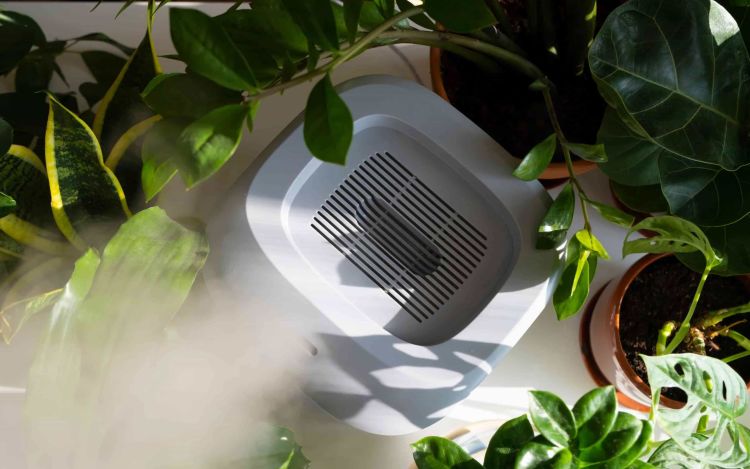
3) Keep them comfortable.
You’ve put your plant near a sunny window. You’re watering only when the soil is dry. Is that really all there is to it? While light and water are a plant’s two main needs, they’re also living things that like to be comfortable – just like we do!
Temperature can play a big factor in a plant’s happiness, especially because most house plants sold in stores are tropical. The native environment of these plants is hot and humid, and sudden temperature changes can severely damage them. By placing an ecobee SmartSensor in the rooms that matter most (like where most of your plants are!), you can effectively manage hot and cold spots.
Humidity is also important for tropical plants. Some plants, like palms, get yellow leaves when the humidity in a home is too low. This is more of a problem in winter when central heating causes dry air. A humidifier, grouping plants together, or a pebble tray can make a big difference in keeping those leaves green and growing.
Speaking of heating, placing your plants near vents or drafty doorsisn’t the best idea. An ecobee SmartSensor for doors and windows (paired with a Smart Security subscription) can send you a notification if a door or window has been left open for more than 5 minutes. It’s a great way to ensure you and your plants aren’t catching a chill.
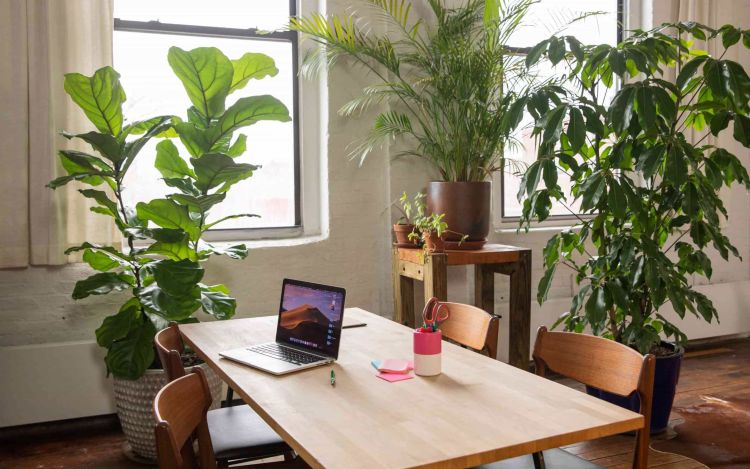
Creating the perfect environment for your plants takes a little bit of effort – but you’ll enjoy a massive reward in no time. Plants purify the air in our home, add a touch of colour, and bring the beautiful great outdoors indoors. With these tips, you can start making the jungalow of your dreams a reality, one plant at a time.
Did you enjoy this article?
Thanks for letting us know!

